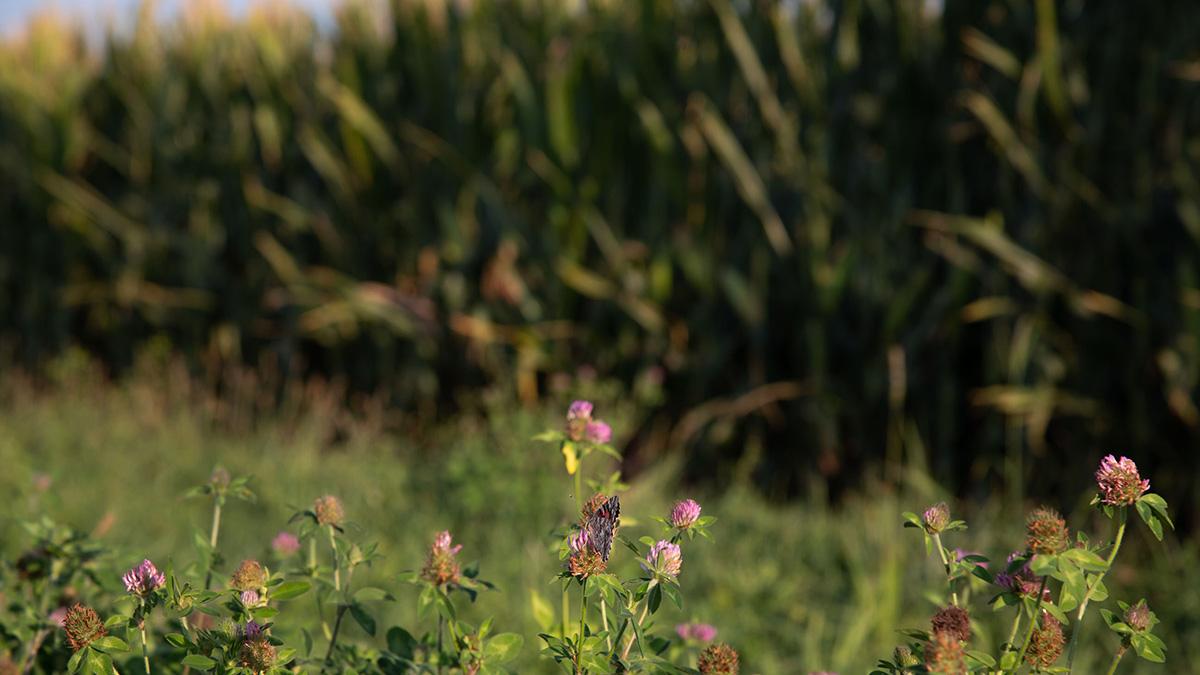Liz Harder/realagstock
This column was published by Nebraska Farmer on Aug. 5, 2022, and is excerpted here with permission.
The USDA Farm Service Agency recently completed new sign-ups for both the general portion and the grasslands portion of the Conservation Reserve Program. Together with new land taken in through the continuous enrollment process for priority practices and lands, the CRP is expected to grow from 2022 into 2023.
Total acreage in the CRP should climb to more than 23 million, rebounding from the recent low of 20.6 million in 2021, but still far below the 30-plus-million-acre enrollment levels of the early 2010s and also below the enrollment cap of 27 million acres for 2023.
The USDA Farm Service Agency recently completed new sign-ups for both the general portion and the grasslands portion of the Conservation Reserve Program. Together with new land taken in through the continuous enrollment process for priority practices and lands, the CRP is expected to grow from 2022 into 2023.
Total acreage in the CRP should climb to more than 23 million, rebounding from the recent low of 20.6 million in 2021, but still far below the 30-plus-million-acre enrollment levels of the early 2010s and also below the enrollment cap of 27 million acres for 2023.
With current higher crop price levels, it should not be surprising that CRP enrollment is below the available cap. Over the 35-plus year life of the program, the size and interest in the CRP has seemingly fluctuated inversely with commodity price levels and expectations. There seems to be interest in putting land into the CRP when crop economics look less favorable, and taking land out of the CRP when crop economics look better.
CRP for set-aside
The idea that the CRP acreage would fluctuate inversely with commodity prices is consistent with the original political support for establishing the CRP. When the CRP was created in the 1985 Farm Bill, the political support came largely from farm and commodity groups looking to pull cropland out of production, as inventories were high and prices were low. Conservation groups supported the program as well — based on the accompanying environmental benefits — and helped form the coalition to get the program implemented, but it was the supply control arguments that provided the major impetus at the time.
Over much of the life of the CRP, there has continued to be a substantial focus on the acres enrolled in the program that were set aside from production. Early in the program, enrollment grew to as much as 35 million acres and trade groups argued about how much land was taken out of production. Later, as commodity prices fell in the late 1990s and early 2000s, enrollment swelled to nearly 37 million acres and producers were concerned with how many acres were set to expire and return to production. The political pressure at the time led USDA to offer a reenrollment and extension (REX) opportunity for producers to keep land in the CRP that otherwise would have come out and back into production.
